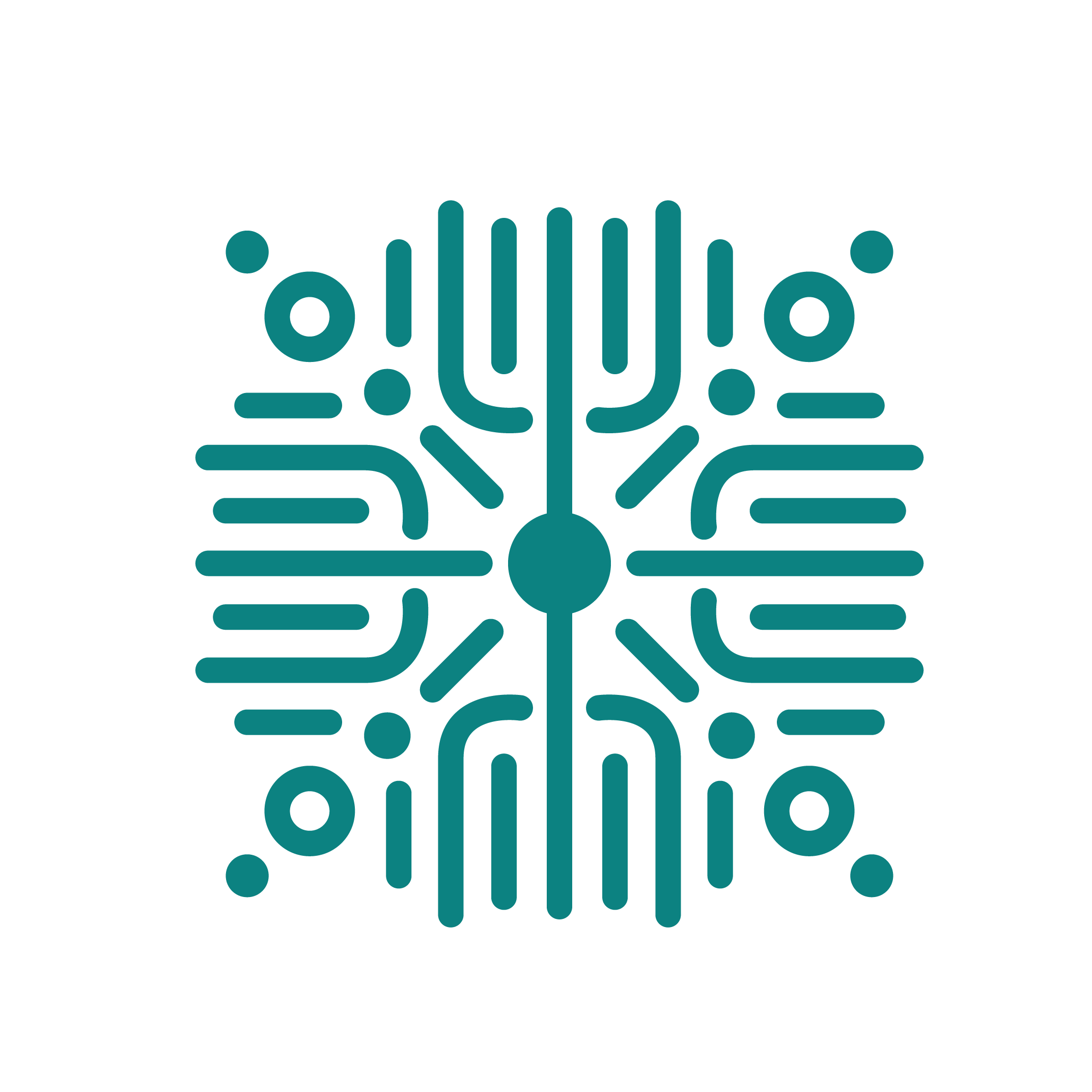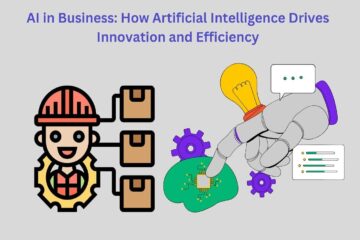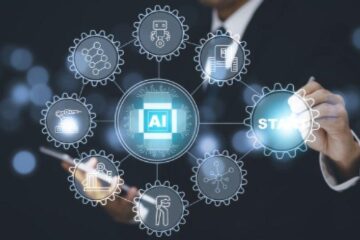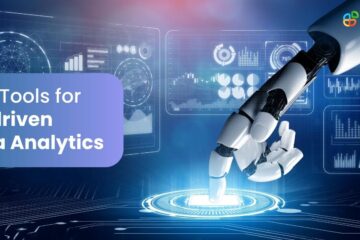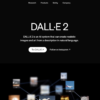
AI-powered chatbots
In a world where technology evolves at lightning speed, AI-powered chatbots are emerging as the intelligent companions of our digital lives. imagine a vast ocean of information and interaction, where these virtual entities skillfully navigate the waters, offering help, insight, and connection at any hour of the day. From customer service to mental health support, chatbots are transforming the way we communicate and engage, blending seamlessly into our daily routines.this article delves into the captivating realm of AI-driven chatbots—exploring their mechanics, applications, and the ethical dilemmas they pose. As we unveil the complexities behind these digital assistants, we reveal not just their capabilities but also their growing significance in an increasingly automated society. Join us as we embark on a journey through the engaging landscape of chatbot technology, where intelligence meets innovation and reshapes the future of interaction.
Table of Contents
- Exploring the Evolution of AI-Powered Chatbots in Modern Communication
- Understanding the technology Behind Intelligent Conversational Agents
- Enhancing User Experience Through Personalization and Context Awareness
- Best Practices for implementing AI Chatbots in Business Strategies
- Insights and Conclusions
Exploring the Evolution of AI-Powered chatbots in Modern Communication
The journey of AI-powered chatbots has not only transformed customer service but has also reshaped the way we communicate across various platforms. Beginning as simple automated responders, today’s chatbots are capable of understanding natural language, engaging in meaningful conversations, and providing personalized experiences.As they evolve, these intelligent systems incorporate advanced technologies such as machine learning and natural language processing, enabling them to analyze user interactions and continuously improve their responses. This advancement reflects a growing recognition of the importance of human-like interactions in digital communication.
Moreover, the applications of chatbots extend beyond customer support. Businesses now leverage chatbots in marketing, sales, and user engagement, maximizing their operational efficiency. Consider these key areas where AI-powered chatbots excel:
- 24/7 Availability: Offering support round the clock enhances customer satisfaction.
- Data Collection: Analyzing user queries helps companies understand consumer behavior.
- Cost Reduction: Automating responses significantly cuts operational costs.
As brands continue to navigate the complexities of consumer interactions, the integration of AI-powered chatbots will remain pivotal. Their capacity to foster real-time engagement and adapt to user preferences underscores their vital role in the future of communication. For further insights on chatbot advancements, check out Forbes and explore how these technologies are reshaping industries.
Understanding the Technology Behind Intelligent Conversational Agents
at the core of intelligent conversational agents lies a refined blend of various technologies that enable them to interpret, process, and respond to human language in a natural way. These systems harness the power of natural language processing (NLP), machine learning, and artificial intelligence (AI) algorithms. by leveraging vast datasets, these agents can learn different nuances of language, including context, sentiment, and intent. This capability allows them to understand not just the words being spoken or typed, but also the underlying meaning and emotional tone, which is essential for engaging interactions.
Key components that contribute to the functionality of intelligent conversational agents include:
- Natural Language Understanding (NLU): The ability to convert user inputs into a format that the machine can work with.
- Dialog Management: The process that determines how the conversation flows, managing context and ensuring coherent interactions.
- Machine Learning Algorithms: These empower agents to learn from ongoing interactions, improving accuracy and responsiveness over time.
As these technologies continue to evolve, businesses are increasingly turning to AI-powered chatbots, not just for customer support but also for enhancing user experience across various platforms.Investing in systems backed by thorough research showcases the potential of AI, transforming customer interaction into a seamless and intelligent process. To visualize the impact, consider the following table illustrating the benefits of deploying intelligent conversational agents:
| Benefit | description |
|---|---|
| 24/7 Availability | Always online, providing instant responses regardless of time zones. |
| Cost Efficiency | Reduces operational costs while handling a large volume of queries. |
| Personalization | Gathers user data to tailor interactions for a more engaging experience. |
Enhancing User Experience Through Personalization and Context Awareness
AI-powered chatbots excel in creating a tailored user experience by leveraging personalization and context awareness. By analyzing user data—such as previous interactions, preferences, and even emotional tone—these chatbots can deliver responses that resonate deeply with individual users. For instance, when a returning customer engages with a chatbot, its ability to recall past purchases or prior queries fosters a sense of familiarity and connection. This not only enhances user engagement but also builds brand loyalty as consumers feel recognized and valued.
Moreover, the implementation of context awareness allows chatbots to understand the nuances of user inquiries in real-time. They can discern whether a user is seeking urgent assistance or simply browsing for information, adjusting their responses accordingly. Through advanced algorithms, chatbots can interpret contextual clues—such as time of day or device being used—to further refine their interactions.This capability is crucial for addressing user needs effectively and ensures that responses are timely and relevant. Considerations for personalization methods include:
- Behavior Tracking: Monitoring user actions to tailor responses.
- User Profiles: Utilizing saved user data for personalized recommendations.
- Dynamic Content Delivery: Offering relevant information based on real-time context.
| Feature | benefit |
|---|---|
| Personalized Responses | Enhances user satisfaction and engagement. |
| Context-Aware Interactions | Improves response accuracy and relevance. |
As chatbots evolve, the integration of advanced AI technologies continues to unlock new dimensions of personalization, providing users with experiences that feel uniquely crafted for them. For a deeper understanding of these technologies, refer to the insights shared in this Forbes article and explore innovative implementations highlighted in this Harvard Business Review piece.
Best Practices for Implementing AI Chatbots in Business Strategies
To harness the full potential of AI-powered chatbots, businesses must approach their implementation strategically. First and foremost, understanding user intent is crucial. This involves analyzing customer interactions to determine common inquiries and service requests. By doing so, businesses can tailor their chatbots to address specific needs effectively. Key considerations include:
- Conducting comprehensive user research to identify frequent queries.
- Segmenting interactions based on user demographics and behavior.
- Establishing a clear training protocol for the chatbot that evolves with business goals.
Equally critically important is the seamless integration of chatbots within existing communication channels.This promotes a cohesive user experience that allows customers to transition smoothly between human agents and chatbots. Investing in an intuitive interface ensures that users can easily navigate their options, enhancing engagement. Consider the information below, which illustrates various platforms for deploying chatbots effectively:
| Platform | Integration Flexibility | Best Use Case |
|---|---|---|
| Facebook Messenger | High | Social commerce assistance |
| Website Chat Widget | Medium | Customer service support |
| Slack | High | Internal team collaboration |
By adopting these best practices, organizations can not only streamline their customer interactions but also leverage insights gathered from chatbot conversations to refine their strategies continually. For more detailed insights into chatbot implementation, you can explore this comprehensive guide on chatbots and learn about advanced conversational AI features that enhance user engagement here for a deeper understanding of industry trends and applications.
Insights and Conclusions
As we navigate the ever-evolving landscape of digital communication, AI-powered chatbots are emerging as indispensable allies in streamlining interactions and enhancing user experiences. From customer service to personal assistance, these intelligent technologies are redefining the way we connect and engage. While they bring a wealth of benefits—efficiency, availability, and personalization—it’s essential to remain mindful of the challenges they pose, such as privacy concerns and the potential for miscommunication.
As we look to the future, the continued advancement of AI chatbots promises to reshape various sectors, creating opportunities for innovation and collaboration. Understanding their capabilities and limitations will be crucial in harnessing their full potential. In this dynamic dance between human and machine, one thing is clear: the conversation is just beginning, and the possibilities are boundless. As we embrace this new era of interaction, let us continue to explore, innovate, and dialogue—both with our digital companions and each other.
